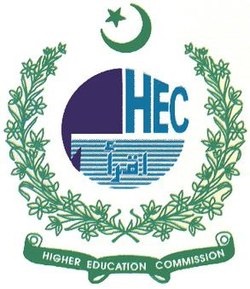A BIBLIOMETRIC ANALYSIS OF SUSTAINABILITY DISCLOSURE IN HIGH POLLUTING INDUSTRIES
DOI:
https://doi.org/10.61506/Keywords:
Sustainability disclosure, high polluting industries, conceptual structure, bibliometric analysis, biblioshinyAbstract
This bibliometric analysis aims to comprehensively examine the sustainability disclosure for heavy polluting industries. To achieve this goal, we meticulously reviewed a collection of 76 scholarly documents, encompassing journal articles focused on sustainability disclosure in high-polluting sectors. The timeframe for this study spanned from 1981 to 2021. To facilitate our analysis, we leveraged the biblioshiny web interface, which operates on the bibliometrix 3.0 R-package. our investigation revealed that the preeminent journal in this domain is "Corporate Social Responsibility and Environmental Management." Among the pivotal works, a standout article is titled "Global Warming, Commitment to the Kyoto Protocol, and Accounting Disclosures by the Largest Global Public Firms from Polluting Industries." Moreover, scrutinizing the citation impact, two prominent nations emerged as the focal points of scholarly attention: China and the USA. across titles, abstracts, author keywords, and keyword plus fields, the term "environmental disclosure" surfaced as the most recurrent. upon delving into the co-occurrence network, we identified four distinct research streams. These streams encompass the relationship between environmental disclosure and corporate performance, particularly concerning a company's environmental impact. additionally, the focus extends to electric utilities and their disclosure patterns in alignment with the Global Reporting Initiative (GRI) framework. Another stream investigates the interplay between environmental disclosure and ownership structures. Lastly, the connection between environmental financial reporting and the GRI standards constitutes the fourth research avenue. we utilized a thematic mapping approach to classify themes into categories such as basic, emergent, declining, and highly developed. This segmentation facilitated a comprehensive understanding of the research landscape, enabling insights into current trends and guiding future research trajectories.


